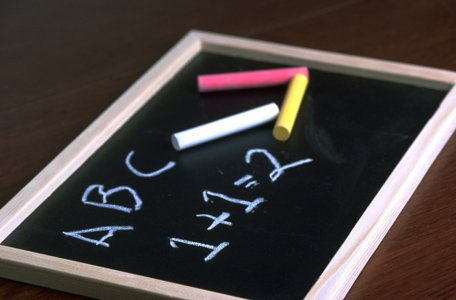Education Matters began a series of articles on special education with a list of some signs and symptoms of learning disabilities, such as dyslexia and ADHD. Undiagnosed and untreated, a learning disorder can prevent a student from reaching his or her full academic potential. To assist parents and guardians who are concerned their child may have a learning disability, this week continues the series with an overview of ADHD.
First, it is important to note, concerns about ADHD may initially come to your attention from your child’s teacher, or school counselor. However, ADHD is a neurological condition that requires a medical diagnosis from a physician. A teacher may suspect ADHD, but he or she is not equipped to conduct the assessment, make a diagnosis and should not offer recommendations for treatment.
The Centers of Disease Control and Prevention (CDC) is the primary source of information for this article.
ADHD is one of the most common neurodevelopmental disorders of childhood, meaning the disability affects the way the brain grows and develops. It is usually first diagnosed in childhood and often lasts into adulthood. Children with ADHD may have trouble paying attention, controlling impulsive behaviors (may act without thinking about what the result will be), or be overly active.
While it is normal for children to have trouble focusing and behaving at one time or another, students with ADHD do not grow out of these behaviors. The symptoms continue and can cause difficulty at school, at home or with friends.
A child with ADHD might: daydream a lot, frequently forget or lose things, often squirm or fidget, talk too much, make careless mistakes or take unnecessary risks, have a hard time resisting temptation, have trouble taking turns or have difficulty getting along with others.
There are three different types of ADHD, depending on which types of symptoms are strongest in the individual:
•Predominantly Inattentive Presentation: It is hard for the individual to organize or finish a task, to pay attention to details, or to follow instructions or conversations. The person is easily distracted or forgets details of daily routines.
•Predominantly Hyperactive-Impulsive Presentation: The person fidgets and talks a lot. It is hard to sit still for long (e.g., for a meal or while doing homework). Smaller children may run, jump or climb constantly. The individual feels restless and has trouble with impulsivity. Someone who is impulsive may interrupt others a lot, grab things from people, or speak at inappropriate times. It is hard for the person to wait their turn or listen to directions. A person with impulsiveness may have more accidents and injuries than others.
•Combined Presentation: Symptoms of the above two types are equally present in the person.
Deciding if a child has ADHD is a several step process. There is no single test to diagnose ADHD, and many other problems, like anxiety, depression, and certain types of learning disabilities, can have similar symptoms. One step of the process involves having a medical exam, including hearing and vision tests, to rule out other problems with symptoms like ADHD.
The CDC makes the following recommendations for the diagnosis and evaluation of ADHD:
•The primary care clinician should provide initiate an evaluation for ADHD for any child 4 through 18 years of age who shows presents with academic or behavioral problems and symptoms of inattention, hyperactivity, or impulsivity.
•The primary care clinician should include reports from parents or guardians, teachers, and/or other school and mental health clinicians involved in the child’s care. The primary care clinician should also rule out any other possible cause.
• When evaluating a child for ADHD, the primary care clinician should assess whether other conditions are present that might coexist with ADHD, including emotional or behavioral (for example anxiety, depressive, oppositional defiant, and conduct disorders), developmental (including learning and language disorders or other neurodevelopmental disorders), and physical (for example tics, sleep apnea) conditions.
•The primary care clinician should recognize ADHD as a chronic condition and, therefore, consider children and adolescents with ADHD as children and youth with special health care needs. Care for such children and youth, should follow the principles of the chronic care model and the medical home.
Next week: ADHD treatment.
Jayne Matthews Hopson writes about education matters because “only the educated are free.”
